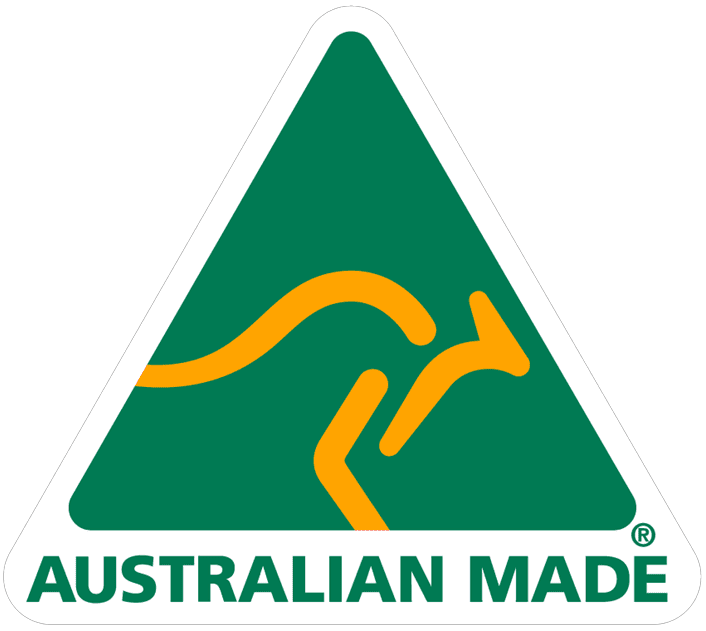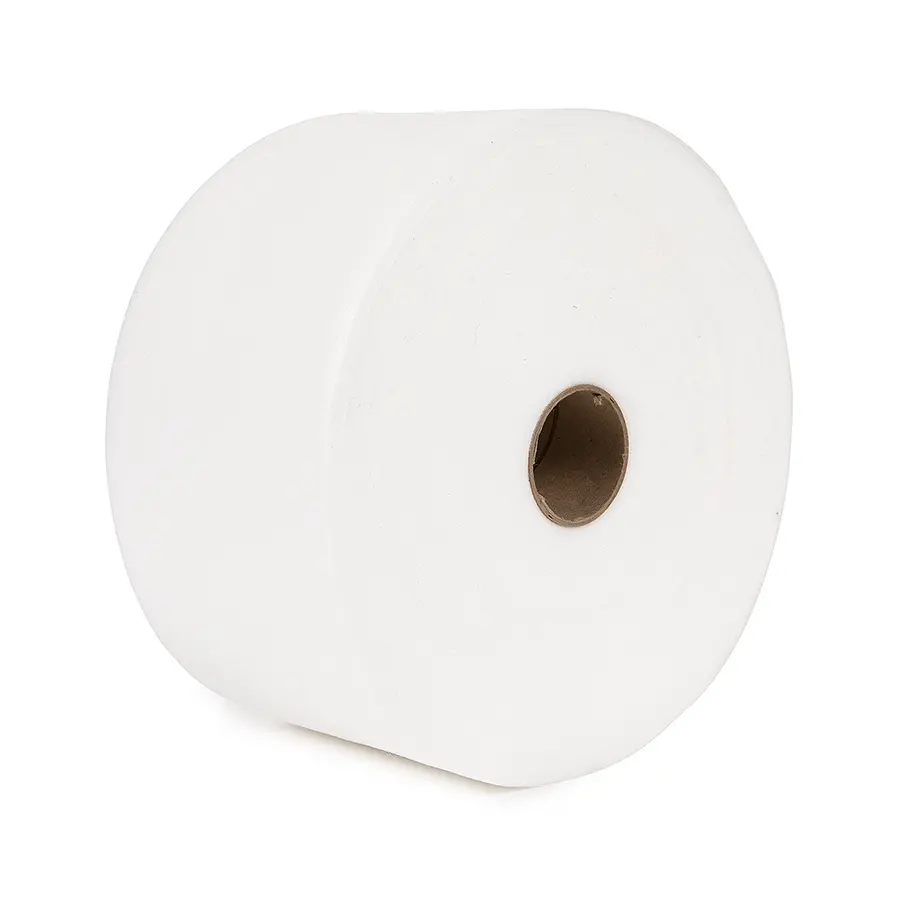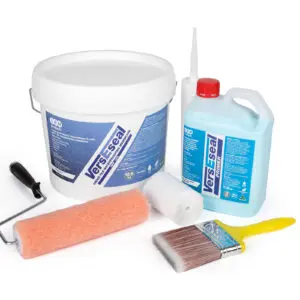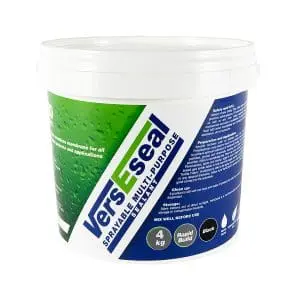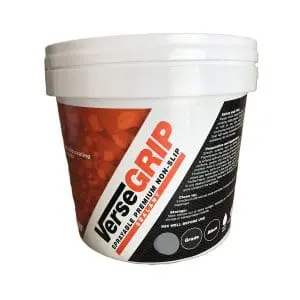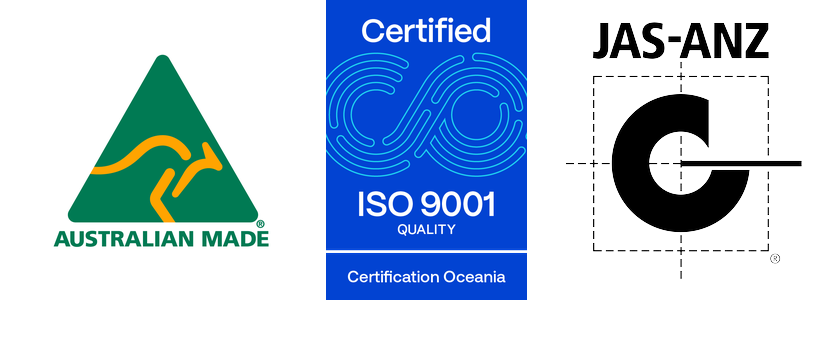Description
Geo fabric is a synthetic material made from polyester, polypropylene, or other similar materials. It is designed to have excellent strength, and durability. With the VersEseal system, geo fabric is used as a bridging material to cover and reinforce gaps or in areas that require additional support.

